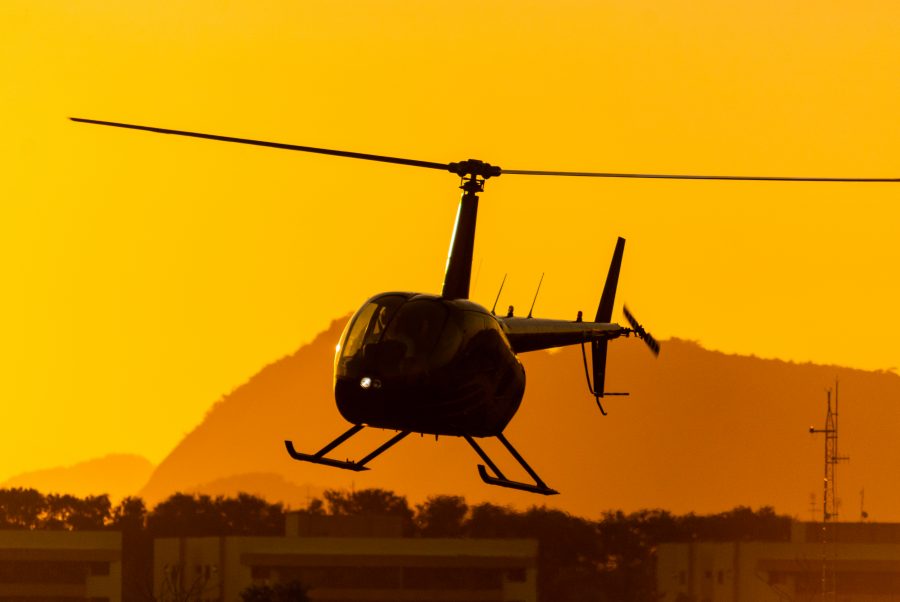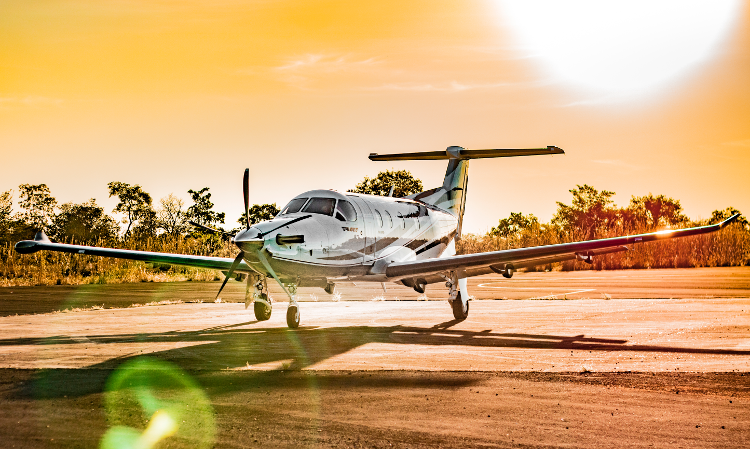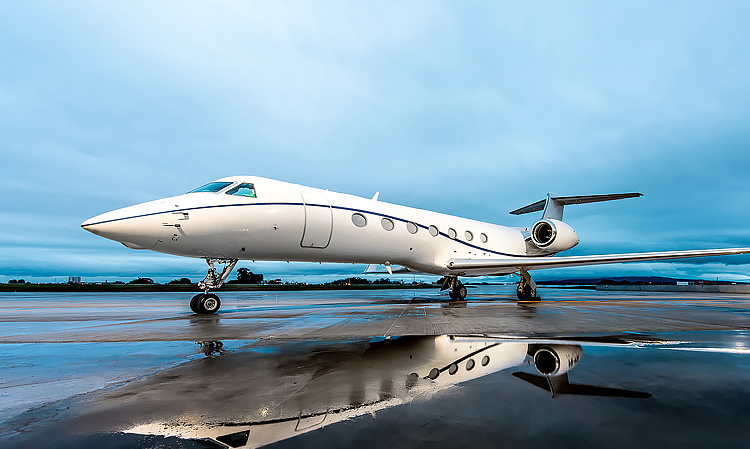Switch to:
 EN
EN  Português (PT)
Português (PT)  Español (ES)
Español (ES)
Air taxis in Brazil are experiencing an important moment of expansion, establishing themselves as one of the main efficiency alternatives in relation to regular aviation. A reflection of an increasing demand for agility, flexibility and efficiency in travel.
And using this service is no longer an option for just a few. The customer profile has increasingly transformed and become broader. The group of users ranges from executives from large companies with complex and tight schedules to families looking for experiences full of comfort and privacy on leisure trips.
The common point sought by customers is the same: an air travel option that adapts to their needs and not the other way around. To understand how this happens and the reasons why this service is increasingly reliable and attractive, below we will explain five of the main characteristics of air taxis in Brazil.
Characteristic 1 – Flexibility of routes and schedules
The first difference that stands out in the air taxi is freedom. Forget the rigidity of the regular airline network, organized with pre-determined routes and fixed schedules. By hiring an on-demand flight, total control of the operation rests with the customer, who will decide the take-off time and the embarkation and disembarkation locations.
The convenience is evident, but the flexibility goes beyond that: with the air taxi, it is possible to access thousands of alternative airports and airfields available in Brazil, which are not served by commercial flights. This way, the customer has the option of landing much closer to their final destination, whether on a farm, in a difficult-to-reach coastal resort or in an industrial park far from large centers.
This way, it is possible to drastically reduce the total travel time and eliminate long land journeys after landing, in addition to avoiding the need for connections.
Characteristic 2 – Aircraft diversity
The air taxi universe is incredibly diverse, offering different aircraft according to the mission and profile of each client. Such variety ensures that there is always an ideal solution combining cost, comfort and performance. The main categories are:
- Helicopters: ideal for short flights. On board, for example, a Robinson R66, it is possible to transfer between airports and urban centers, access runways without landing and reach helipads in buildings, farms, hotels, among others.
- Turboprops: versatile aircraft that seek to combine the ability to operate on short or unpaved runways with cost-benefit and efficiency. They are the most suitable for regional trips and medium-sized groups, such as the acclaimed Pilatus PC-12.
- Jets: most used in interstate or intercontinental travel, offering the most advanced speed, range and comfort. The range ranges from light jets, such as the Citation CJ1, to long-range ones, such as the Gulfstream G550.
On the Flapper platform, you can explore and choose from hundreds of models when carrying out a travel simulation.
Feature 3 – Regulated and safe operation
Safety is a non-negotiable pillar in air taxis. Every company that provides this service in Brazil must be certified and strictly supervised by the National Civil Aviation Agency (ANAC). Therefore, it is essential to know how to distinguish an air taxi, a legal flight operated by a regulated air taxi company, from a private flight.
This last category refers to the use of the aircraft for private purposes, while air taxi is an air transport service for passengers and cargo, operated by specialized companies, which follows specific civil aviation rules and regulations, in accordance with RBAC 135 of ANAC.
Among the main points required by authorities for on-demand aviation are:
- Maintenance: aircraft undergo more frequent and detailed inspections than those required for private aviation.
- Crew: pilots and co-pilots must meet specific training requirements, have proven experience and follow strict working and rest rules.
- Insurance: legislation requires coverage for passengers and third parties, a practice not necessarily applied to private flights.
Companies like Flapper go beyond regulatory requirements. In addition to complying with ANAC standards, we adopt international security protocols and carry out our own audits with our partners, ensuring safe and reliable operations.
Feature 4 – Time saving and premium experience
The experience itself is one of the most valued elements when using an air taxi. Boarding and disembarking are carried out in private terminals, known as Fixed-Base Operator (FBO), far from the movement of large airports. This eliminates lines, allows for discreet security checks, and offers the convenience of arriving just minutes before takeoff.
On board, the experience is marked by comfort and absolute privacy – ideal both for those who need to work or conduct meetings and stay productive, as well as for those looking to relax in a quiet environment. The flight becomes a natural extension of the office or your leisure environment. The time saved and the reduction in stress typical of commercial travel represent real gains in productivity and quality of life.
The greatest luxury, in fact, is having time on your side. In air taxi, it is the flight that adapts to your schedule and not the other way around. Need to attend a meeting in one city in the morning and be in another for a business dinner in the evening? This is not only possible, it is simple.
Feature 5 – Other ways to fly private
Access to executive aviation is becoming increasingly broader, driven by new flight modalities that make this experience viable for different audiences. Two of the most popular options are:
Empty legs: when a chartered aircraft performs a segment and needs to return to its base or reposition itself for another flight without passengers, this route is often available with significant discounts. empty leg flights can cost up to 70% less than a conventional charter.
Shared flights: another innovative alternative is the sale of individual seats on previously scheduled flights. Flapper, for example, offers this model with a fixed route between São Paulo and Angra dos Reis, with departures on Fridays and returns on Sundays.
FAQ
What is an air taxi?
It is an on-demand public air transport service, provided by companies certified by ANAC, in accordance with the RBAC 135 regulation. In this modality, the customer hires the entire aircraft for a specific flight, with complete freedom of schedules and destinations.
Is it safe to fly by air taxi?
Yes, air taxi is one of the safest ways to travel. Approved companies follow strict operational standards, with frequent aircraft maintenance, trained crews and constant supervision. Always confirm that the aircraft and the company are properly certified before hiring.
How much does it cost on average?
Prices vary according to the type of aircraft, route and duration of the flight. A helicopter, for example, can cost from R$7,000 per hour.



